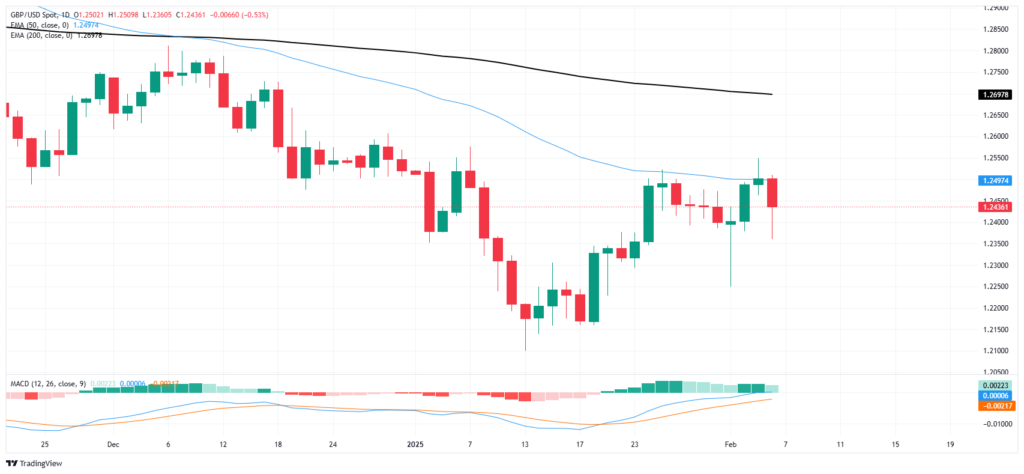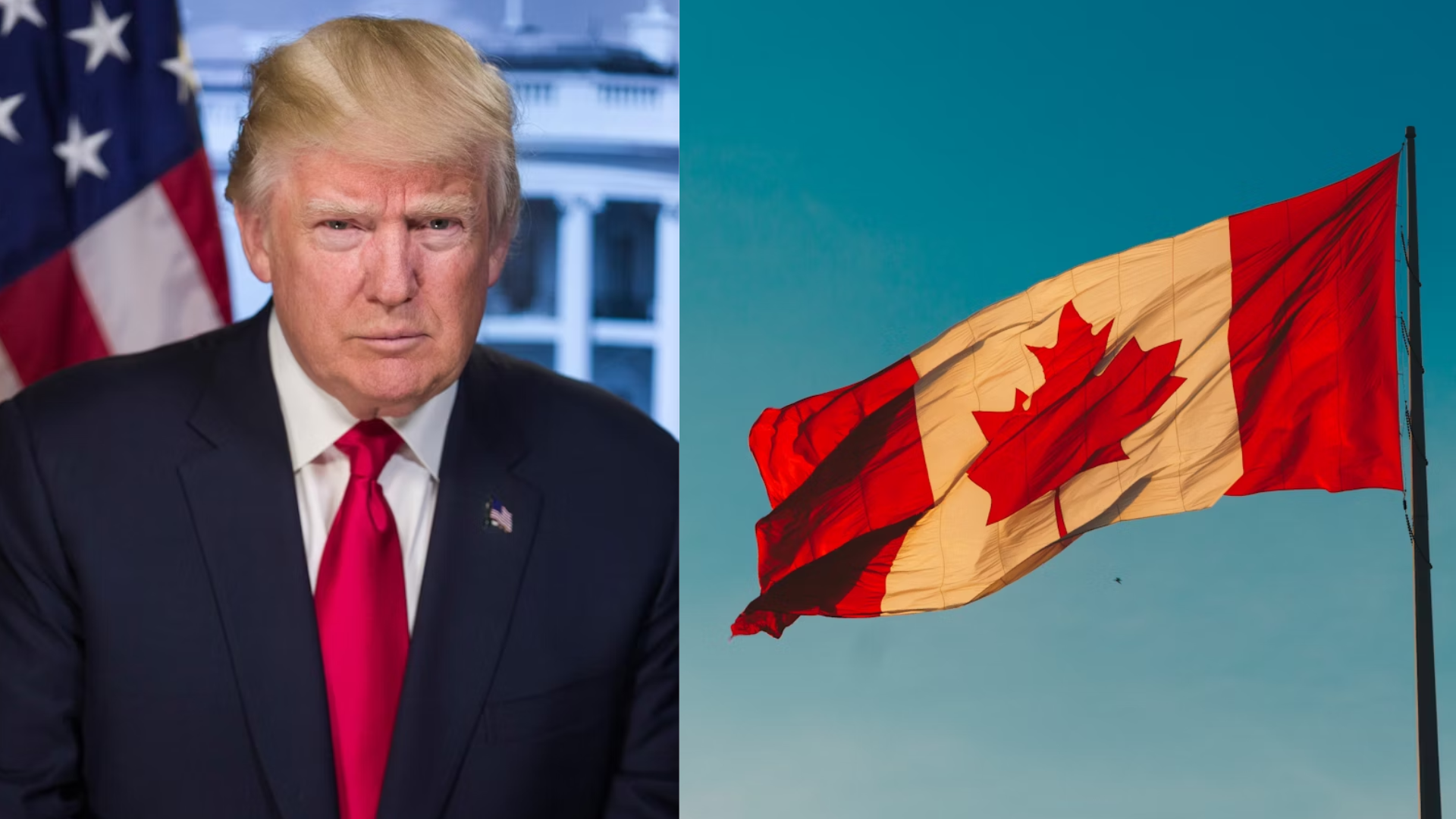The British pound lost ground against the U.S. dollar after the Bank of England cut interest rates, signaling a shift in monetary policy that weighed on investor sentiment. The GBP/USD pair retreated following the central bank’s move, which was widely anticipated but raised concerns about the economic outlook. Markets reacted with caution as traders reassessed the BoE’s stance amid slowing inflation and uncertain growth prospects.
The rate cut marks a departure from the BoE’s previous tightening cycle, reinforcing expectations that further easing may follow. While policymakers maintained a cautious approach, the decision highlights the central bank’s concerns over economic momentum and wage growth pressures. Investors are now focusing on future guidance, with analysts debating whether additional cuts will be necessary to support the UK economy.

Source – FXStreet
Despite the weaker pound, market participants are weighing the broader implications of the BoE’s move in the context of global central bank policy. The Federal Reserve’s stance remains a key driver of currency market dynamics, with traders watching for signals on potential divergence between U.S. and UK monetary policy. The dollar’s resilience, supported by strong labor market data, has added pressure on the pound.
Investor reaction has been mixed, with UK bond yields declining as expectations for looser monetary conditions solidify. Equities also responded to the policy shift, with UK-listed stocks showing strength as lower borrowing costs improve corporate earnings prospects. However, the impact on consumer confidence remains uncertain as higher interest rates in the past year have already slowed economic activity.
The BoE’s next policy meetings will be closely monitored for any further shifts in tone or economic forecasts. Inflation data and labor market conditions will play a key role in shaping expectations, with policymakers balancing the need for growth support against the risk of inflationary pressures resurfacing. Markets will also track how the BoE’s decisions align with the Federal Reserve’s path.
For now, the pound’s weakness reflects investor uncertainty over the long-term impact of the BoE’s pivot. While the currency’s trajectory will depend on future economic indicators, the latest rate cut underscores the central bank’s cautious approach in navigating the UK’s post-inflationary environment.
















